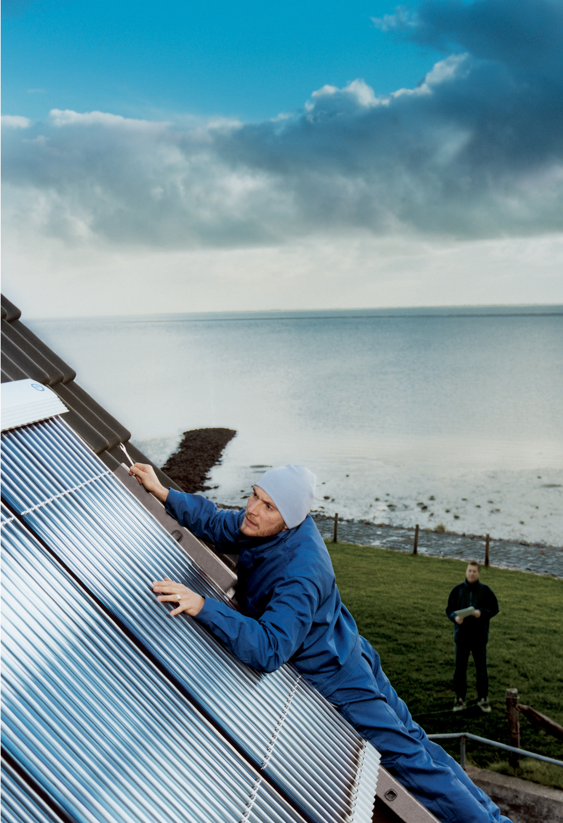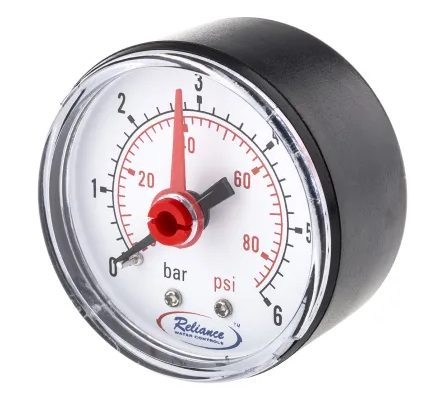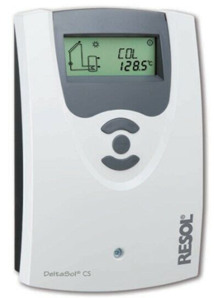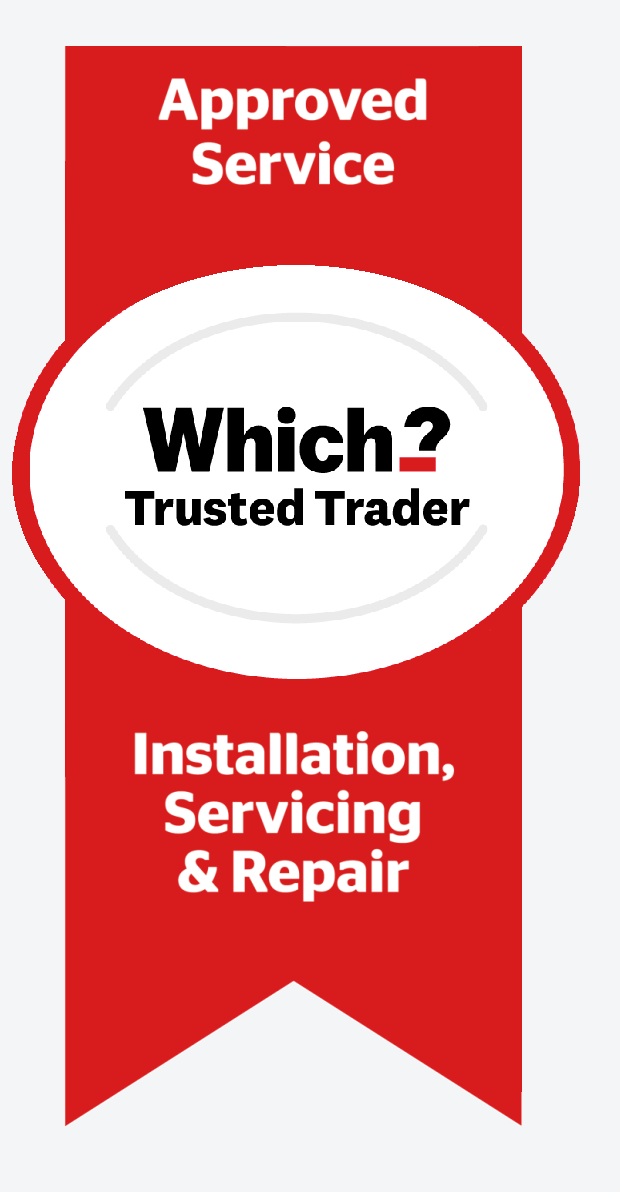A Comprehensive Guide to Solar Thermal Service & Maintenance: Maximizing Your Solar Hot Water Investment
Need a solar engineer?
With a network of qualified electrical engineers around the UK, Rayotec is your local solar specialist. Contact us if your solar system has a fault, is damaged, needs servicing or regular maintenance.
As experts in the solar industry for over 35 years, we have developed an in depth understanding of what is required for solar hot water maintenance and we wanted to help you understand what the best practice is when it comes to keeping your solar thermal system working to the best of its ability.
Welcome to our expert guide on Domestic Solar Thermal Maintenance! As seasoned solar professionals, we understand the
importance of ensuring your solar thermal system operates at its peak efficiency for years to come. Regular maintenance
not only maximizes energy production but also extends the lifespan of your solar hot water panels.
Rayotec are experts in both solar water heating maintenance and solar PV (electric) maintenance. Get in touch if you need our help! click here to contact us.
Let's dive into the key aspects of maintaining your solar investment.
Professional Service

4 Year Antifreeze/ Heat Transfer Fluid Replacement
Solar hot water systems are filled with a heat transfer fluid that acts as both an antifreeze and a corrosion inhibitor. The effectiveness of the protection reduces with time. The rate of degradation is related to the frequency of stagnation (overheating). As a general guide, its worthwhile getting the solar antifreeze replaced every 4 years to ensure protection. This can only be done by a solar thermal engineer with a powerful solar filling that can fill the system and remove any trapped air which can cause air locks.
The risk of not replacing the solar antifreeze this is the fluid will freeze in the winter within the panels. When the transfer fluid freezes, it expands, and will mostly likely causes irreparable damage to the solar collector
At the same time as replacing the fluid, the solar hot water engineer will check the system making sure that everything is as it’s supposed to be.
If you are interested in enquiring about Rayotec’s solar hot water maintenance services contact us here. For domestic systems we cover Surrey, Sussex, Hampshire, Middlesex, Berkshire, most of Kent and South West London. For commercial thermal systems we cover the South East and Greater London.
Contact us
Enter your details below and one of our team will be in touch
Checks that the Homeowner can do Themselves
as Part a Solar Hot Water Maintenance Routine
1. Check the Systems Pressure

Solar water heating systems are nearly always pressurised and sealed, filled with a solar antifreeze/heat transfer fluid. To operate well, the system pressure typically needs to be above 1 bar. You will find the pressure gauge near the pump, t he black needle shows the pressure of the system. If the pressure is less than 1 bar, then that’s a sign that some of the fluid has been lost. Possible reasons could be a leak within the system or the pressure relief valve could have released some fluid. You will need to call a solar thermal specialist to investigate, repair if required and fill the system up with new solar antifreeze/heat transfer fluid.Contact us if this is a service you require.
2. Checking Solar Control Unit

All solar thermal systems have a control unit. This control unit reads the temperature of the fluid in the solar collector the temperature at the bottom of the solar cylinder. When there is a 8-10oC difference between the two, the solar control unit powers the pump.
To test to see of the solar thermal system is working, use a reasonable amount of hot water (long shower or bath) on a sunny day. Take a look at the solar control unit to make sure that the fluid in the panel is at least 10C hotter than the cylinder temperature. If it is, then the pump should be running taking the heat from the solar panel to the coil within the solar cylinder. You can either feel the pump to see if its working or feel the pipes to see if they are warm. If the pump is not running there may well be a fault within the system
Be aware that if the solar thermal collector temperature is over 120-130oC, the pump will not run. This is a safety feature to prevent damage to the internal solar components.
3. Inspect for Damage
Regular inspections are crucial to identify potential issues before they escalate. Visual Inspection of solar array from ground: Look for Check for slipped panels or any physical damage on the panels (particularly after a storm or heavy storm).
4. Check the collection tank connected to the PRV

All pressurised solar hot water systems have an pressure relief valve (PRF). The older solar hot water panel systems have this on the roof. More modern systems have them
within the property for ease of potential maintenance or repair. PRV’s within the property are piped up to the collection vessel which is often an empty antifreeze tub.
The home owner can check to see if any fluid has been released into the vessel. If it has, then check the pressure gauge. If the pressure is above 1bar and the system seems to be working, then just continue to monitor your solar system periodically. If the pressure is below 1 bar or if you don’t think the system is working as it should then you need to have a solar hot water engineer visit to investigate.
5. Check the Boiler timings
The solar coil is at the bottom of the solar cylinder and the boiler coil is above it. However, if you boiler is coming regularly during the day and heating the cylinder to the maximum temperature of about 65oC, it may reduce the chance the solar to contribute.
The best practice varies depending on pattern of water usage. Generally its advised that the boiler comes on early in the morning. The morning baths/showers will cool the cylinder allowing the solar to contribute effectively during the day. The hot water can be topped up in the evening if needed.
It may be possible to turn off the boiler in the sunnier month relay on your immersion heater to top up the heat when required.
6. Tree Trimming: Embrace the Sunshine
Overgrown trees and branches can cast shadows on your solar thermal panels, reducing efficiency. Regularly trim vegetation around your solar array to:
Maximize Sun Exposure: Ensure panels receive ample sunlight throughout the day.
Prevent Damage: Avoid branches falling onto panels during storms or high winds.
7. Routine Cleaning: Shine Bright Like the Sun!
Keeping your thermal solar panels clean is essential for optimal performance. Dust, dirt, bird droppings, and other debris can accumulate on the surface, hindering sunlight absorption. Panels installed a lower pitch will get dirtier much quicker than panels installed at a steeper pitch.
Follow these tips:
Frequency: Clean your solar thermal panels whenever required. The best time is in the spring, just before the main period of energy generation.
Choose a day with moderate temperatures and overcast skies. Avoid cleaning in direct sunlight as the panels will be hotter.
Method: it's important to apply it with a soft brush, sponge, or a cleaning tool specifically designed for solar panels. Additionally, following the manufacturer's guidelines for cleaning is crucial to avoid any potential damage. Avoid abrasive materials to prevent scratches. The use of deionised water is best if possible.
Professional Solar Water Heater Maintenance: Expert Touch
While some aspects of solar maintenance can be handled by homeowners, consider hiring a professional for:
In-Depth Inspections: Periodic professional assessments ensure thorough checks.
Repairs: Swiftly address complex issues with the help of experienced technicians.
Is your solar not working? Common Causes:
- Lack of regular maintenance
- Poor design or quality of installation
- Low hot water usage – This leads to an increased occurrence of stagnation which reduces the life expectancy of components and heat transfer fluid
- Failure of component – Most likely expansion vessel, pump or solar controller
By incorporating these practices into your solar water heating maintenance routine, you'll not only enhance energy output but also extend the lifespan of your investment. Remember, a well-maintained solar system is a reliable and efficient one.

Why choose Rayotec?
Free Assessment and Fault Finding - Free telephone or email assessment and fault finding.
Which Trusted Trader - We are proud to be Which Trusted Traders and follow their code of practice for your peace of mind.
Accreditation - We are accredited by MCS and are also NICEIC "Approved Contractors".
Experienced - We are a family business and have installed and serviced thousands of systems over the last 36 years
Great Value - We have local engineers dotted around the South East and group call outs together to lower costs.




